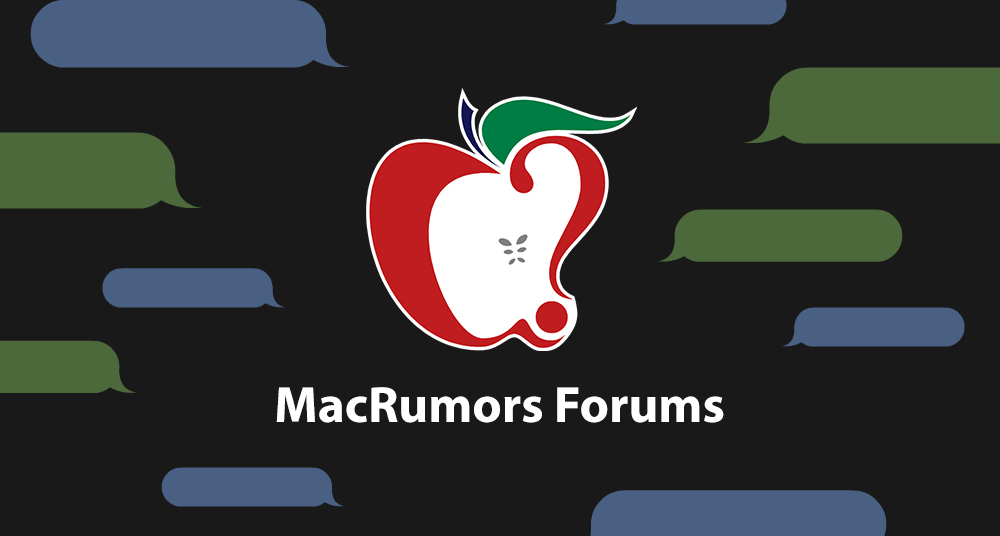I'm somewhat new to these concepts so feel free to correct me or ask for clarification. I'm planning to get rid of some of my previous Macs (that are between nine and fifteen years old) and I'm in the process of copying all the data over to external hard drives so I can wipe the computers clean.
Instead of just having the data as files, I'm wondering if it's also possible to preserve the whole software setup in a way that on a modern Mac I can emulate or virtualize the old Macs, booting up into the old Mac OS X and running everything as if I were actually on the old computer, launching 32-bit Intel applications that wouldn't run on the latest macOS, for example. This would allow me to look at my old info from within the modern-day abandonware (as an example, I used the awesome Schoolhouse application to track all of my homework back in the day, but it died off and I doubt there is a way to export the data… and even if there were it was using the application itself that was so cool), play old games, et cetera.
I remember in the past that you couldn't just copy system files because maybe certain invisible files wouldn't be copied over, and you had to do things like "bless" the System folder. Given what I want to do, what steps would you take so that I could preserve my data and be able to emulate or virtualize (I'm not sure what's better in my scenario or what the specific differences are between those two things) my old Macs and their old data? Thanks for any help!
Instead of just having the data as files, I'm wondering if it's also possible to preserve the whole software setup in a way that on a modern Mac I can emulate or virtualize the old Macs, booting up into the old Mac OS X and running everything as if I were actually on the old computer, launching 32-bit Intel applications that wouldn't run on the latest macOS, for example. This would allow me to look at my old info from within the modern-day abandonware (as an example, I used the awesome Schoolhouse application to track all of my homework back in the day, but it died off and I doubt there is a way to export the data… and even if there were it was using the application itself that was so cool), play old games, et cetera.
I remember in the past that you couldn't just copy system files because maybe certain invisible files wouldn't be copied over, and you had to do things like "bless" the System folder. Given what I want to do, what steps would you take so that I could preserve my data and be able to emulate or virtualize (I'm not sure what's better in my scenario or what the specific differences are between those two things) my old Macs and their old data? Thanks for any help!
Last edited:



